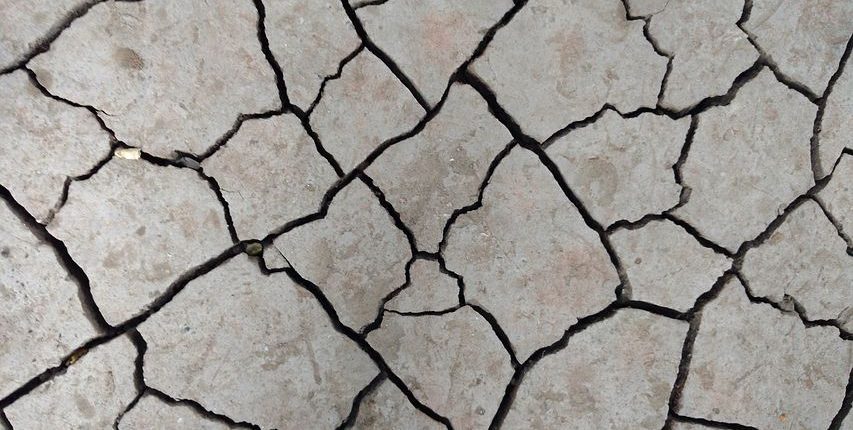It’s always better to be safe than sorry. No matter how much we would like to avoid them entirely, accidents are almost a guarantee. The best we could do is prepare ourselves the best way possible for whatever may come. That’s the main reasoning behind car, health, and the insurance cover we get for our family and ourselves, however, there is a lot that most of us do not think to address.
The Governor of California said that the recent back-to-back earthquakes caused not less than $100 million worth of damage. The 7.1 magnitude earthquake released so much energy that the ground cracked and the earth sunk.
What is more concerning to California officials is if an earthquake of the same magnitude struck under Los Angeles. With a lot of the buildings built before the introduction of seismic building codes, many are estimating that the cost of the damage could be as high as $200 billion. Their concern is shared among scientists who are urging California residents to be more cautious and use it as a wake-up call; only 13% of California residents have a cover for earthquakes.
Earthquakes in California are not new. The 1906 San Francisco earthquake caused 3,000 fatalities, the 1971 San Fernando quake killed 64 people, while the 1989 Loma Prieta; referred to as the World Series Earthquake since it struck during a World Series match, killed 63. Though the recent quakes didn’t lead to any fatalities, making sure you are well prepared can make a world of difference.
Most of the time, earthquakes are more likely to damage property, with most injuries and fatalities happening indirectly. Those who live in earthquake-prone areas are constantly urged to brace or anchor the large object in homes and work environments that could fall during a quake. One such object is the water heater. This article will look at water heater earthquake straps, the reasoning behind them and the possible dangers that could be caused by an unanchored heater;
Potential Water Heater Dangers
A standard water heater’s weight is usually around 450, 500 pounds when full. Their narrow profile and high center of gravity often make them highly unstable if shaken. The feet at the base of many water heaters usually collapse as a result of the seismic motion during an earthquake, further throwing the heater off balance.
If unbraced, the resulting excessive movement of the heater can result in a rapture of water and gas lines which could cause water or fire damage and in some cases, could result in the destruction of your home which would have otherwise been relatively untouched.
The force from the fall can pull and possibly rupture the supply lines, leaking gas into the air. The heater’s pilot flame could ignite the gas, causing a fire that would rapidly spread and consume surrounding structures. The impact of the heater’s fall could also damage the surroundings further.
Due to the regular occurrence of earthquakes in California, the state’s law requires that any used or new water heater be securely braced or strapped to a wall to help prevent these potential dangers that result from a heater toppling over. This law applying to any home and public building such as offices and apartments.
Water Heater Strapping Codes
The Uniform Plumbing Code has made water heater bracing in earthquake-prone areas a requirement since the early 1980s. At first, the UPC did not have specifics or guidelines on the types of anchors to use nor how to strap the heater properly.
In the aftermath of the Northridge quake that struck in 1994, officials reported at least 110 fires across the affected region. A number of these fires were traced to gas ignitions caused by water heaters that toppled over; with some breaking through the straps that were meant to restrain them.
They discovered that this happened because;
- People made use of inadequate strapping material
- There was improper installation. The straps were installed at the wrong locations on the heater.
- Some installed an insufficient number of straps
Since what happened in Northridge in 1994, experts have been updating building codes to include stringent requirements in quake-prone zones. The state legislature of California has even passed a law requiring the strapping of all existing and new water heater installations during property sale.
The overall standards include;
- Every water heater; whether gas or electric needs to be strapped.
- Dual straps are compulsory, placed at the lower and upper third of the heater.
- The straps should encompass the unit’s body completely.
- The straps need to be fastened on surrounding walls from reverse directions.
- Straps should be attached to studs on the walls through the use of lag bolts that are 3 inches in length and have diameters of ¼ inches.
Water Heater Strapping
Although according to UPC, strapping is not the only acceptable method, the double strap method has become a standard in California. This is due to the availability of low-cost pre-manufactured kits. The latest UPC requirements state the need for two anchor locations.
After selecting a point close to the front centerline of the heater, the ends are attached by the supplied hardware, with the excess strap either folded back or cut away. Both the top and lower third of the water heater are secure in the same way, with the bottom strapping placed at least four inches above controls.
Due to their cost, durability, and strength, metal bands have become the material of choice. Some kits have straps that completely wrap around the heater while others enable a 180-degree coverage. Currently, though the code requirement specifies that the straps should be wrapped around the unit, the 180-degree type is overwhelmingly preferred by the trade. Caps are optional and may be installed to conceal the exposed hardware.
To help prevent the potential damage that can be caused by your water heater toppling over during an earthquake, it is crucial that you firmly strap it to the wall. While you can do this yourself, we advise the use of a plumbing company to ensure it is done the right way and with the right material. Get in touch with Village Plumbing today to secure your home.






